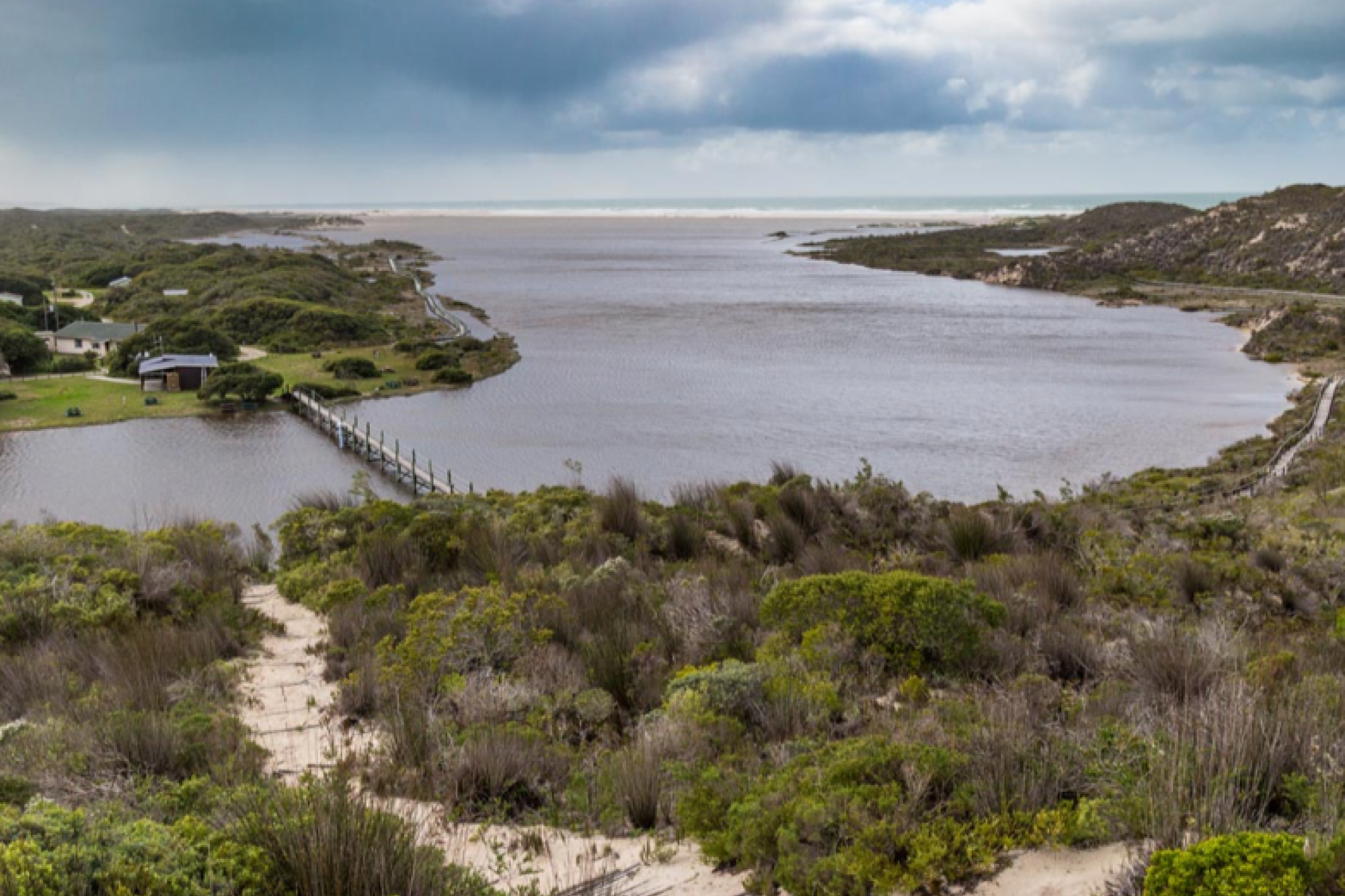Overview
The continued health of South Africa’s marine and coastal environment is of vital importance, as it impacts on countless lives and livelihoods and contributes to our rich biodiversity profile.
Many South Africans rely on these ecosystems for fishing, whether for commercial, subsistence or recreational purposes. Yet a number of fish stocks are overexploited, and several fish species are threatened.
It is undeniable that climate change is having an impact on marine species and ecosystems, decreasing their resilience and threatening coastal communities and livelihoods.
For this reason, CapeNature values our ongoing partnerships with civil society, local communities and the government to protect, manage and conserve our marine resources, and ensure they are used sustainably.
CapeNature manages six marine protected areas (MPAs), but our scope also spans the conservation of ecosystems and species outside these areas. A significant part of our work entails protecting threatened freshwater and marine species from poaching.
Healthy ecosystems can help us to adapt to the realities of climate change, and we welcome collaborations that will help us preserve our marine environment for future generations.
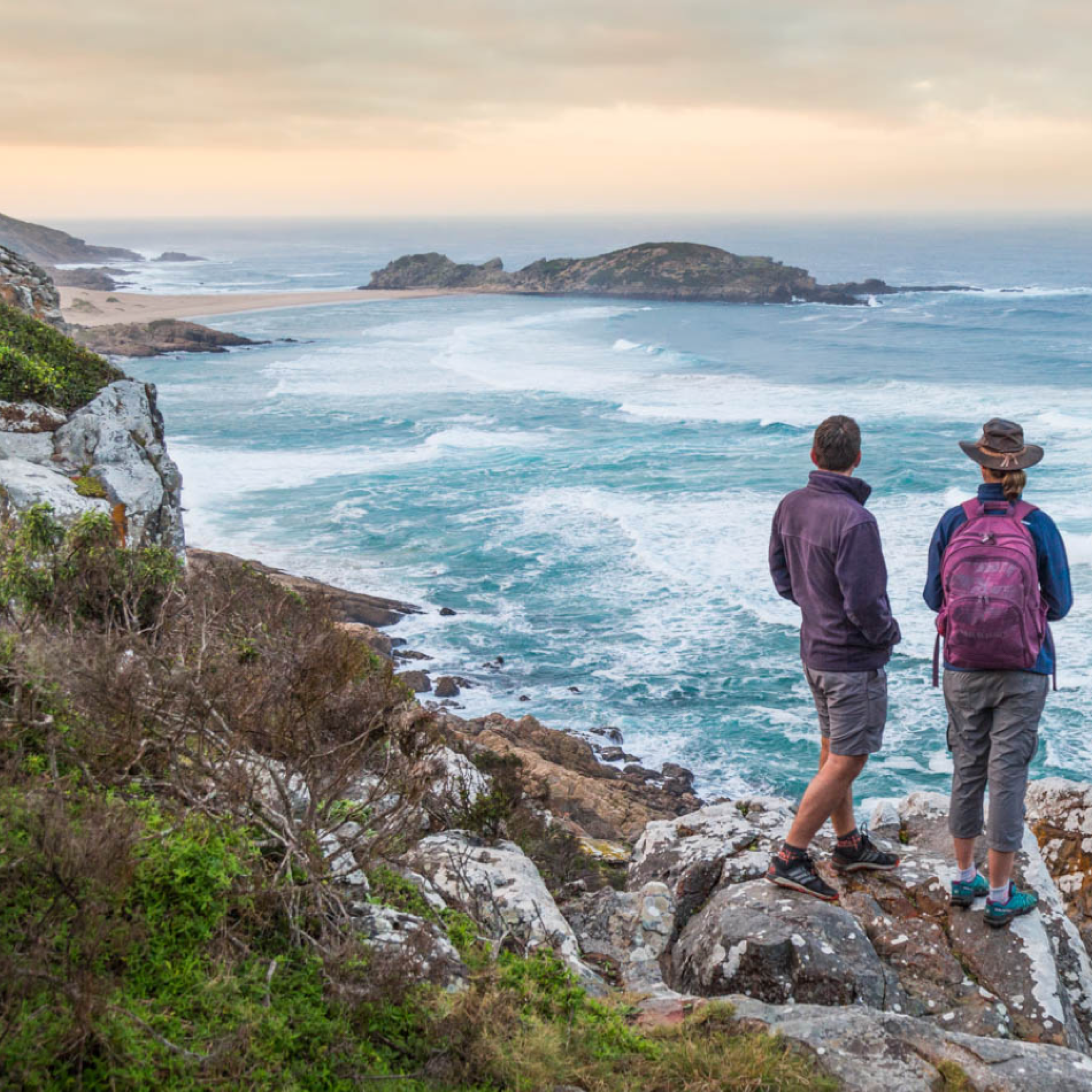
Marine and Coastal Terrains
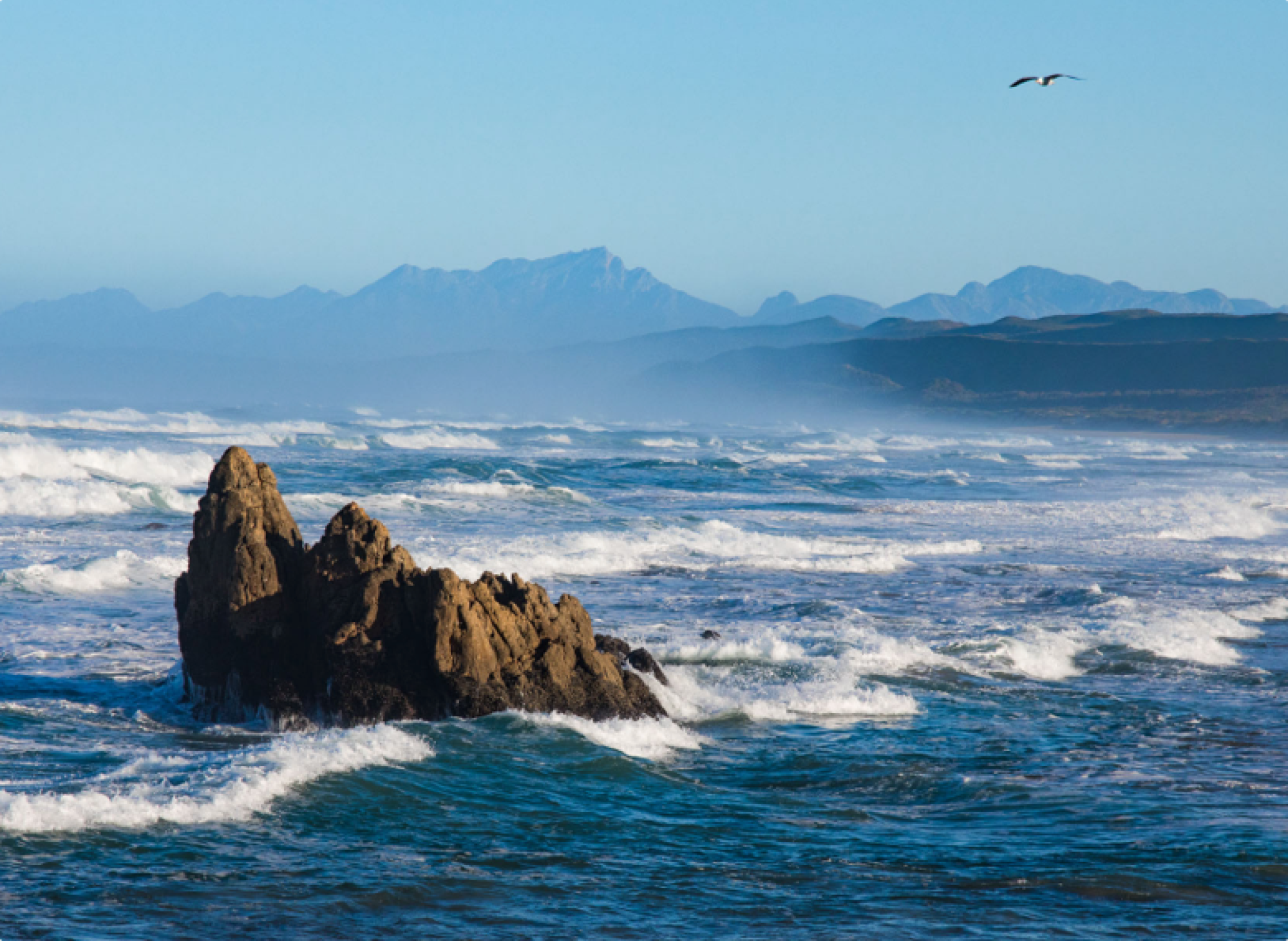
Off-shore
Small ecosystem types such as reefs, seamounts, pinnacles and islands together make up less than 5% of South Africa’s territory, but pack a mighty ecological punch disproportionate to their size. These small, high-value ecosystems are responsible for a large number of benefits such as purifying water, storing carbon and protection from storms, as well as being used for recreation and as a food source.
Besides being popular dive sites, reefs provide shelter and spawning grounds for a variety of marine species. Seamounts and pinnacles, the “oases” of the open ocean, are rich in nutrients and support a myriad of marine life. Islands and their surrounding waters support abundant biodiversity and fishing. The protection and management of these ecosystems will therefore reap a high return on investment, both for biodiversity conservation and for benefits to society.
Near-shore
CapeNature currently manages six marine protected areas (MPAs) on behalf of the Department of Forestry, Fisheries and the Environment:
These areas aim to conserve marine life and promote the conservation and effective management of biodiverse marine areas.The management of marine living resources in South Africa is a national responsibility, as declared under the Marine Living Resources Act (Act No.18 of 1998).
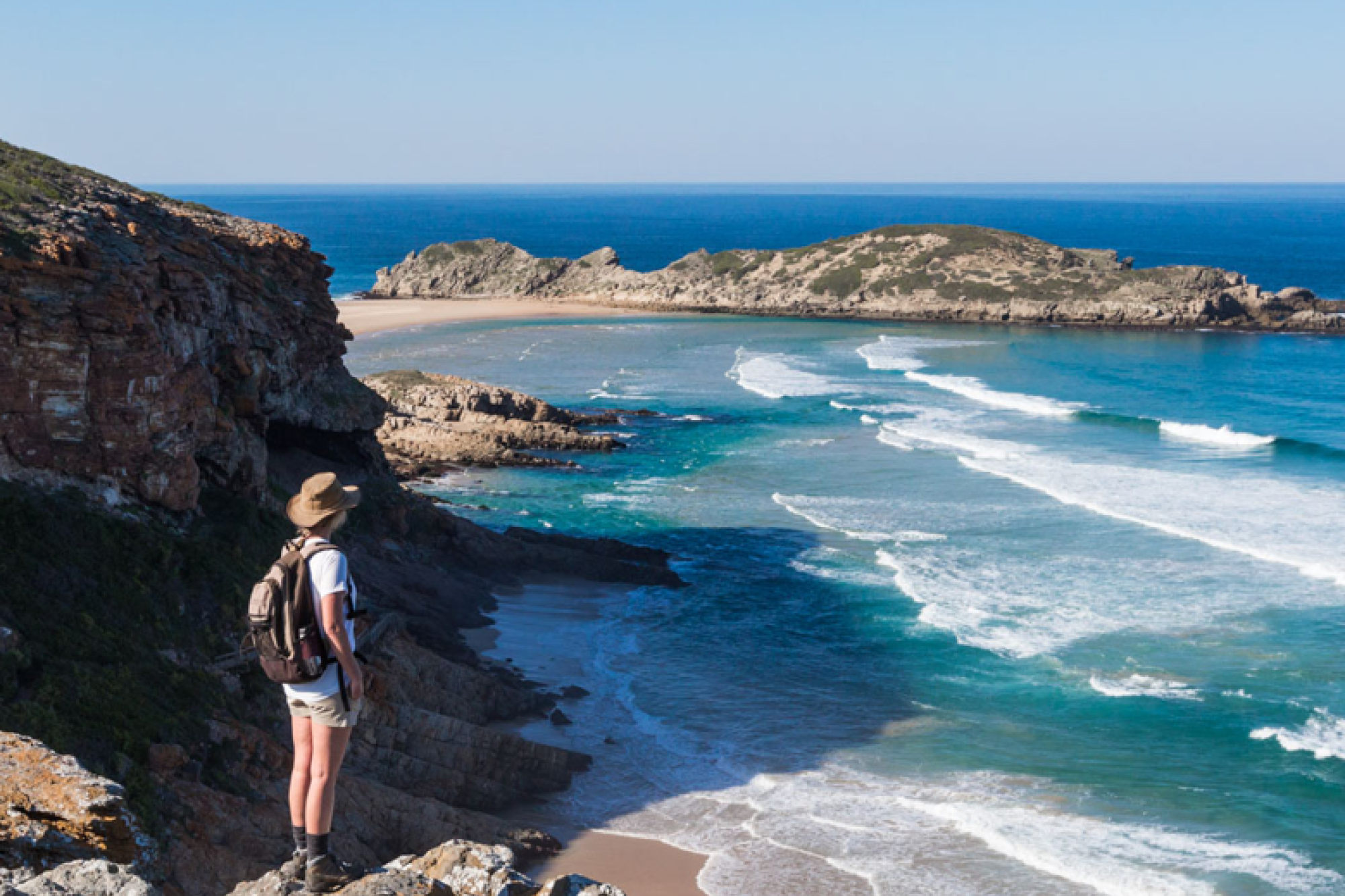
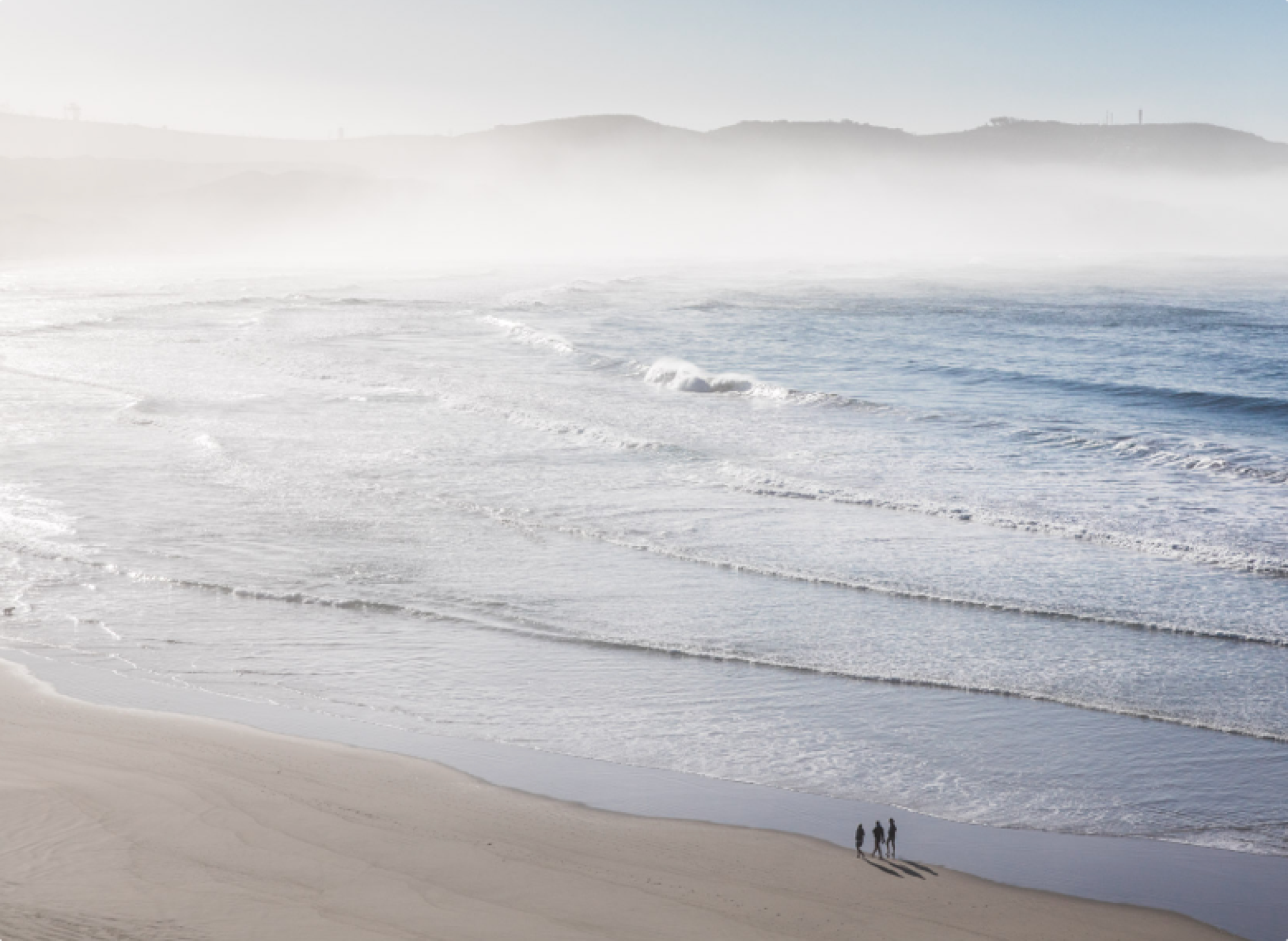
Coastline
South Africa boasts exceptionally high coastal biodiversity, with a rich assortment of endemic species of fauna and flora. However, according to the National Biodiversity Assessment (2018), 60% of our coastal ecosystems are threatened. This is as a result of the many pressures our coastlines face, including coastal developments that drive habitat loss and affects the resilience of our coastal ecosystems. Healthy dune systems are vital for protecting coastal settlements from storms and rising sea levels. Rocky shores provide food such as mussels and bait and protect against increased wave action.
Such developments also make these areas vulnerable to natural hazards and climate change, placing human lives and those of endemic species at risk. Some beaches and sand dunes are being degraded, and even lost altogether.
Sand dunes are vital for protecting coastal settlements from storms and rising sea levels, while rocky shores provide food such as mussels and bait, and protect against wave surges. Besides being wonderful to lounge and play on, beaches filter up to 1 000 litres of water per one-metre strip of beach per day, keeping the surf clean and safe for humans and marine life alike.
Coastal development increases these areas vulnerability to natural disasters and climate change, placing human lives and those of endemic species at risk. Some beaches and sand dunes are being degraded, and even lost altogether. Coastal developments should therefore be undertaken with care, taking sensitive ecosystems into account. This will increase their resilience, protect unique species and support recreational activities that we all enjoy such as birdwatching and hiking.
Estuaries
Estuaries form the critical link between our inland catchment areas and the ocean. The habitats in these ecosystems are totally dependent on freshwater flows during the rainy season, as well as the inflow of seawater when the estuary mouth opens. Species that inhabit estuaries are specially adapted to live in changing salinities (salt levels in water), as well as changing water temperatures.
However, South Africa’s estuaries are facing many pressures at the moment. They are among the country’s most threatened and least protected ecosystems. Yet estuaries provide immense benefits to society. Freshwater flowing from rivers through estuaries into the sea is essential for coastal and marine food production, livelihoods and tourism, as well as for climate change resilience. By properly managing our coastal and marine biodiversity, South Africa can maintain these vital freshwater flows that reach the coastal areas. Estuaries truly demonstrate this interconnectedness and symbiosis between land and sea.
If we take care to protect and restore our estuaries, they will deliver multiple benefits, such as water and food security, not to mention tourism and recreation, and as habitats for threatened endemic species. Furthermore, they are an important factor in reducing the risk of natural disasters.
